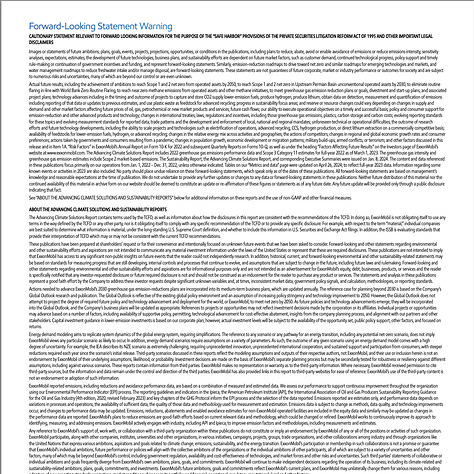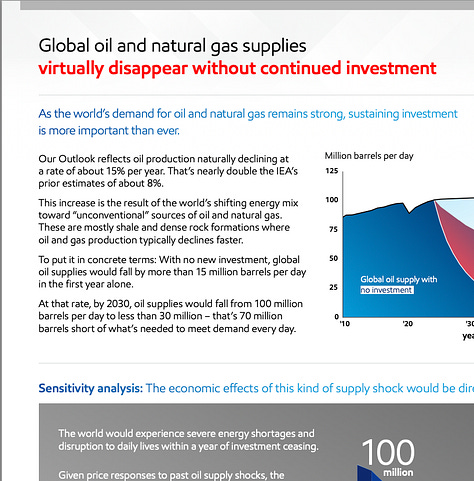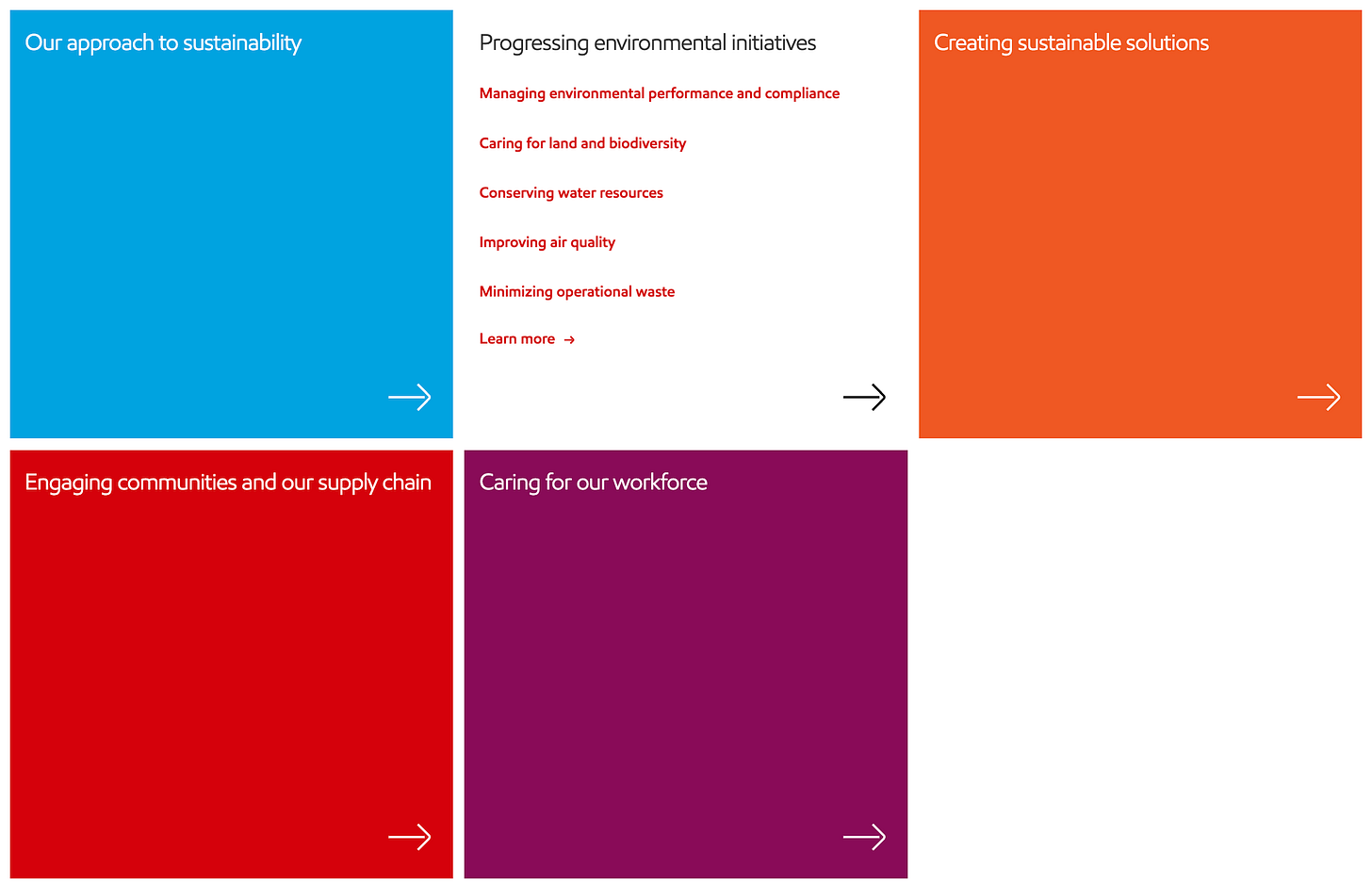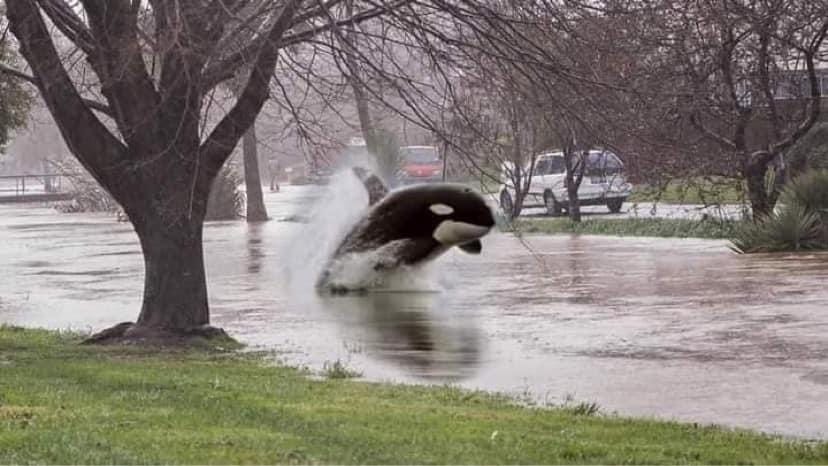TCC #59 — Flooding the zone: Have fossil fuel companies stolen the MAGA playbook?
Come on a digital hunt with me to find out how our fossil fuel friends are messing with our minds
If you’ve been paying any attention to the news since January, you’ve likely heard the term flooding the zone arise over, and over, and over again.
To get some horrible history out of the way, flood the zone is a strategy we first heard about from Steve Bannon, Trump’s former righthand man and general scumbag.
“The Democrats don’t matter,” Steve Bannon told author Michael Lewis in 2018. “The real opposition is the media. And the way to deal with them is to flood the zone with shit.”
This is the strategy behind the insane volume of rubbish that Trump and Elon are always tweeting: combining a total lack of fact with unmanageable volume creates a sense of chaos (and outrage). Outrage, we should note, is paralyzing. How convenient. Same goes for Trump’s executive orders in the first few days of his second term: they put out so many of them, so fast, that it was hard to keep track of what was going on. (No one experienced this confusion more than Trump himself: “What am I signing here?”)
In previous decades, as the Age of Information began to open up our lives, it seemed obvious that more information = better. Having access to more information would make us more knowledgeable, more up-to-date, and better at making choices. (Spoiler: it didn’t. Some good info on this in Chapter 6 of Ezra Klein’s Why We’re Polarized. Love you Ezra!)
This is the same theory behind the private sector’s push for sustainability disclosures: more information means stakeholders get a clear picture of what’s going on inside companies (and eventually, the companies might start to behave themselves — more on that in a future edition).
All of this is true. We do need information to help us make decisions. We do need companies to be held accountable for their flagrant abuse of human capital and natural resources.
Information is a good thing. But we can have too much of it. Excess information does not illuminate; it obscures. We do not always get more meaning from more information — often, we get less.
Most of us are currently dealing with the consequences of too much information in our daily lives. We’re frazzled, distracted, unhappy, confused. Congratulations Zuckerberg & Co — you won.
But it’s not just the tech bros that benefit.
Trump’s inner circle has learned to use information as a weapon; flooding the zone until no one can think straight anymore. And unfortunately, many big corporates are now using the same strategy for their sustainability disclosures. In the name of ‘transparency’, they are in fact drowning readers in so much unnecessary information that the truth gets obscured.
Come on a digital adventure with me. Let’s see if we can find out what ExxonMobil is doing to combat climate change.
Let’s Google ‘ExxonMobil’. (Actually, don’t use Google — use Ecosia.) If you try this at home, make sure you click on any paid ads they may be running, just to spite them.
Open up the homepage and it won’t take you long to find their Sustainability page — it’s right there as Item #3 in the main navigation par.
You’ll only find sustainability in the main navigation bar of fossil fuel companies. Normal companies don’t list it there, because they’re not trying so hard to mislead.
But the real problem with Exxon’s nav bar is that it immediately presents us with a smorgasbord of options – how are we supposed to know which one we want? What’s the difference between ‘creating sustainable solutions’ and ‘advancing climate solutions’? Where should we even look?
Let’s just click ‘Sustainability —>’ and hope it gets clearer from here on out.
Now, we’re greeted with this 3,200-word legal disclaimer that explains that despite everything we may say on this page, we don’t have to do any of it. Nice touch!
Here we are then: the sustainability report page. I guess the most logical step is to ‘Build your own report’, so let’s do that.
Holy cow! Look at this report builder! It’s so big I had to shrink it down to 25% to capture it in a single screenshot. How on earth is a regular person supposed to know what they want in their report? How do they know what’s material, what matters?
I selected all of them. It took so long to download, it froze my browser.
My custom report was 285 pages. How wonderful! Within these 285 pages we have a LOT of very poorly formatted data (how convenient) — as well as more disclaimers, lots of reminders about how important oil and gas are, and a plea for people to keep investing in oil and gas lest it doesn’t virtually disappear.



You could spend days sifting through this information and navigating the sustainability hub of Exxon’s website trying to piece together the real story of their climate action. (Or I can save you some time — they’re not doing anything.)

Look, Exxon is an extreme example, but here’s the problem: in the case of overdisclosure on sustainability topics, the weapon is also the defense mechanism. Who could fault Exxon on sustainability disclosure? Look how much information they’re publishing! Look how transparent they are, how much work they’re doing to open up to the public!
What’s the solution?
I might be putting Meg and me out of a job here, but sometimes the best thing companies can do is just to shut up and get on with it. I know we’ve also criticised companies for greenhushing, and that’s a real problem too, but the volume of your sustainability comms needs to be justified by the volume of your actions.
Flooding the zone produces disclosures that hide more than they reveal. Good disclosures exist in the Goldilocks zone between the drought and the flood: where the right information meets the right amount of information. The solution to flooding the zone is not a total drought: it’s just keeping things well-watered. Admittedly, this is a balance that may take many reporting seasons to get right.
If you don’t have much to talk about yet, don’t talk about it — just get going. Come back and report when you’ve got something to report. Until then, pour your dollars into decarbonization, not public relations.
When you do have something to report, write about it! Make a video about it! Tell the world about it — but don’t try to tell the world about everything. You don’t have to have a policy for everything, a strategy for everything, even a target for everything. You can’t do everything. So don’t talk about everything. Be select in what you’re doing to do, and talk about it honestly.
I believe the real reason most sustainability reports are thrice as long as they need to be is simply because they spend too much time talking about the future and not enough time talking about what’s actually been done to date. If you make past and present actions the focus of your ESG report, it’ll be half as long and twice as clear.
It’s time for sustainability communicators to stop ripping off the MAGA playbook.
Stop flooding the zone.
Start watering your garden.









